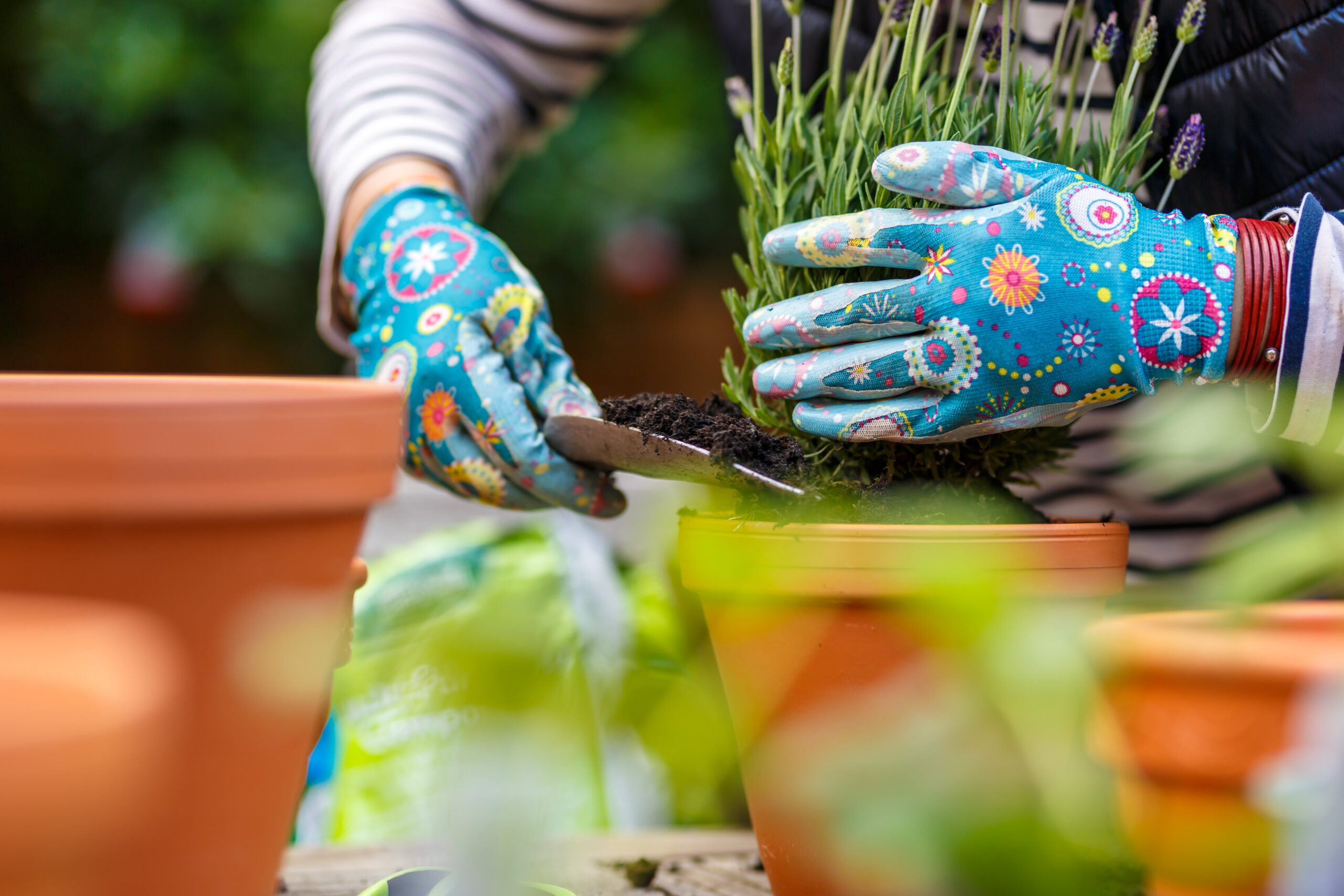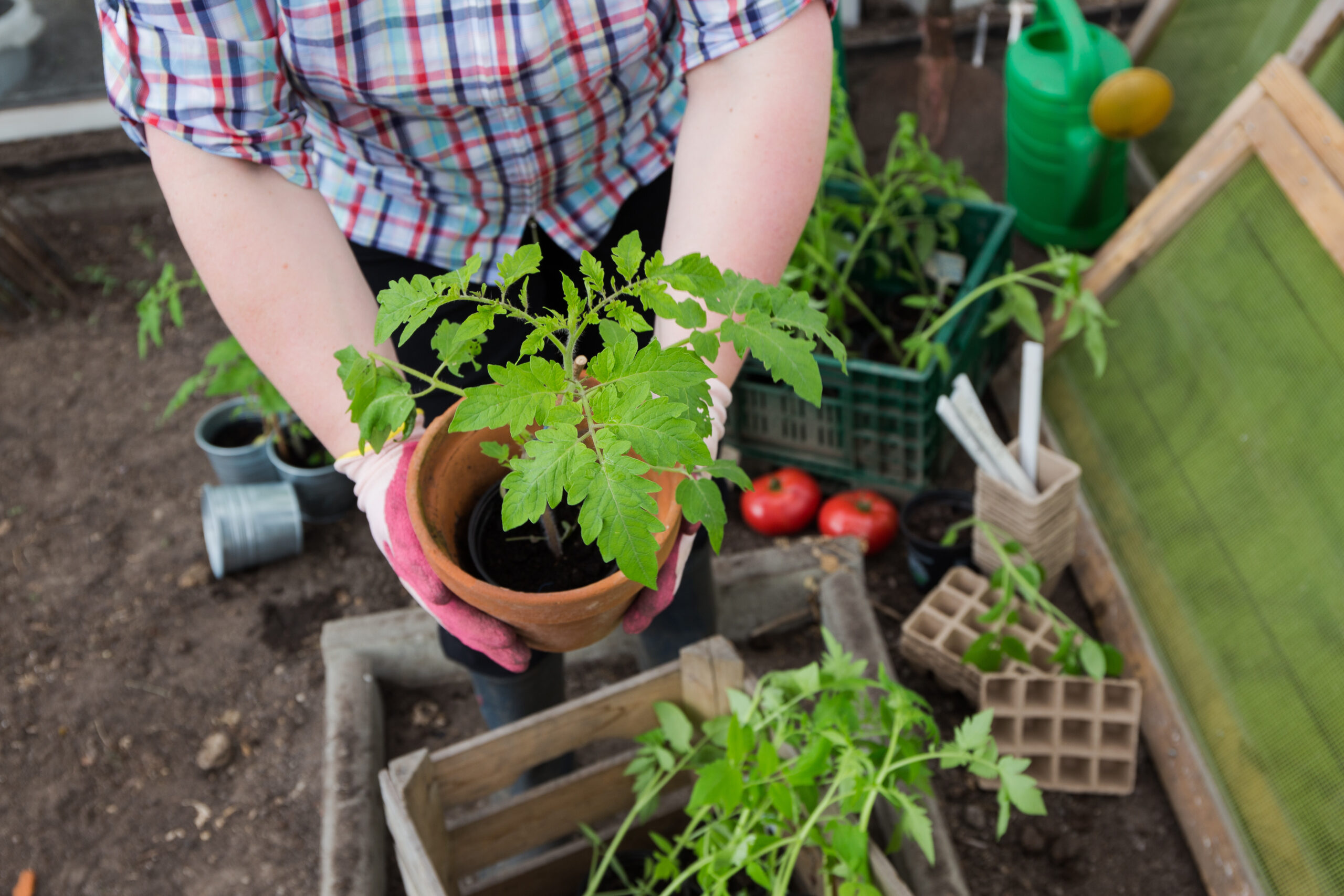
123RF
For many, the idea of keeping plants alive feels like an impossible challenge, especially if you’ve labeled yourself as having a “black thumb.” But don’t worry—gardening success doesn’t have to be out of reach! With the right approach, even those who struggle with plant care can create a thriving garden. Whether you’re new to gardening or have a history of wilted plants, these five simple tips will help you gain confidence and nurture your green space, no matter your skill level.
1. Start with Low-Maintenance Plants
If you consider yourself someone with a black thumb, the key to success lies in starting small with low-maintenance plants. Hardy plants like succulents, snake plants, or pothos require minimal care and can survive with occasional watering and indirect sunlight. These plants thrive in conditions that would cause more delicate plants to wilt, making them ideal for beginners. Choose plants that are drought-tolerant and resilient to give yourself the best chance at a flourishing garden. You’ll be surprised at how green your thumb can become with the right plants!
2. Water Smarter, Not Harder
One of the most common mistakes people with a black thumb make is over- or under-watering. To avoid this pitfall, consider investing in a moisture meter to help gauge when your plants need water. This tool takes the guesswork out of watering, ensuring your plants get exactly what they need. Additionally, water in the early morning or late evening to prevent rapid evaporation. A slow and steady watering technique will allow the soil to absorb moisture better, reducing the risk of root rot or dehydration. Remember, it’s not about how often you water but how effectively you do it.
3. Use the Right Soil
For those who struggle with keeping plants alive, using the right soil can make all the difference. Well-draining soil is essential for most plants, as it helps prevent over-saturation and root rot. If you’re planting in pots, choose a mix specifically designed for the plant type you’re growing—cacti and succulents, for example, require a different soil mix than flowers or herbs. Adding compost or organic matter can also enrich the soil, providing nutrients that support plant growth. Quality soil is like a good foundation—it helps even black-thumb gardeners see success.
4. Embrace Container Gardening

123RF
Container gardening is a great way to control the environment for your plants, especially if you’re still learning. By growing plants in pots, you can easily move them to better lighting or shelter them from harsh weather. Containers allow you to test out different plants without the commitment of digging up a garden bed. For black-thumb gardeners, this flexibility reduces the likelihood of plant casualties. Additionally, using self-watering containers can further ease the burden of care, making it even more manageable for beginners.
5. Learn from Your Mistakes
Gardening can be a trial-and-error process, even for those with a natural green thumb. If a plant doesn’t survive, don’t get discouraged—every failure is an opportunity to learn. Pay attention to what works and what doesn’t, and adjust your methods accordingly. Sometimes it’s as simple as repositioning a plant or adjusting its watering schedule. Keep a gardening journal to track your successes and failures. Over time, you’ll gain confidence, and your black thumb might just turn green after all.
Turn Your Black Thumb Green with These Tips
Gardening doesn’t have to be intimidating, even if you’ve struggled in the past. By choosing the right plants, using smart watering techniques, and experimenting with container gardening, you can cultivate a thriving garden with minimal stress.
Leave a Reply